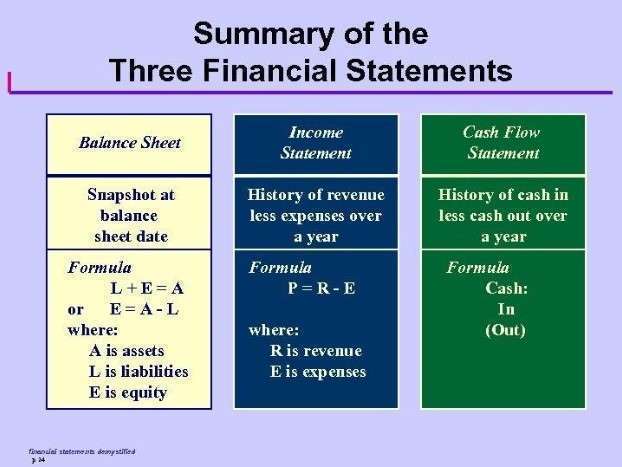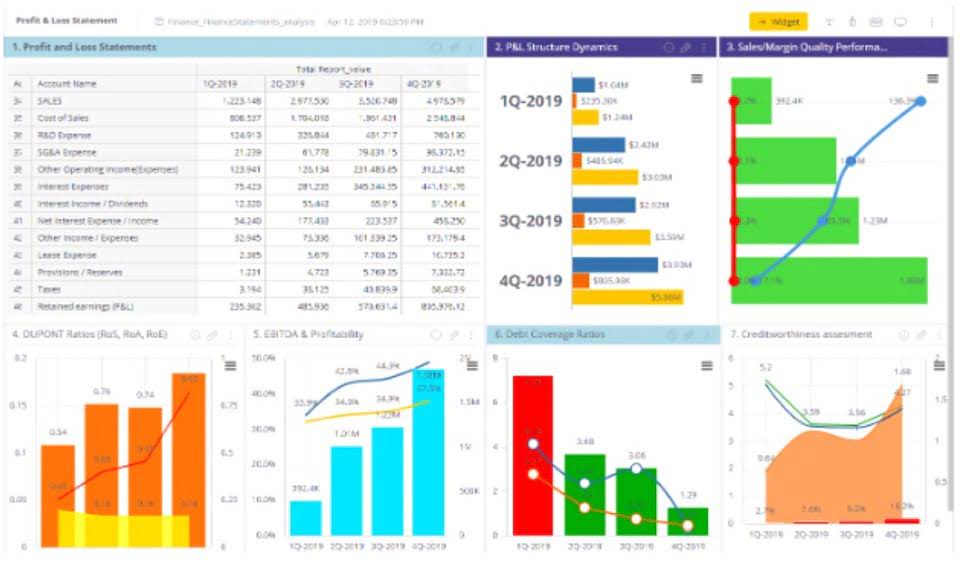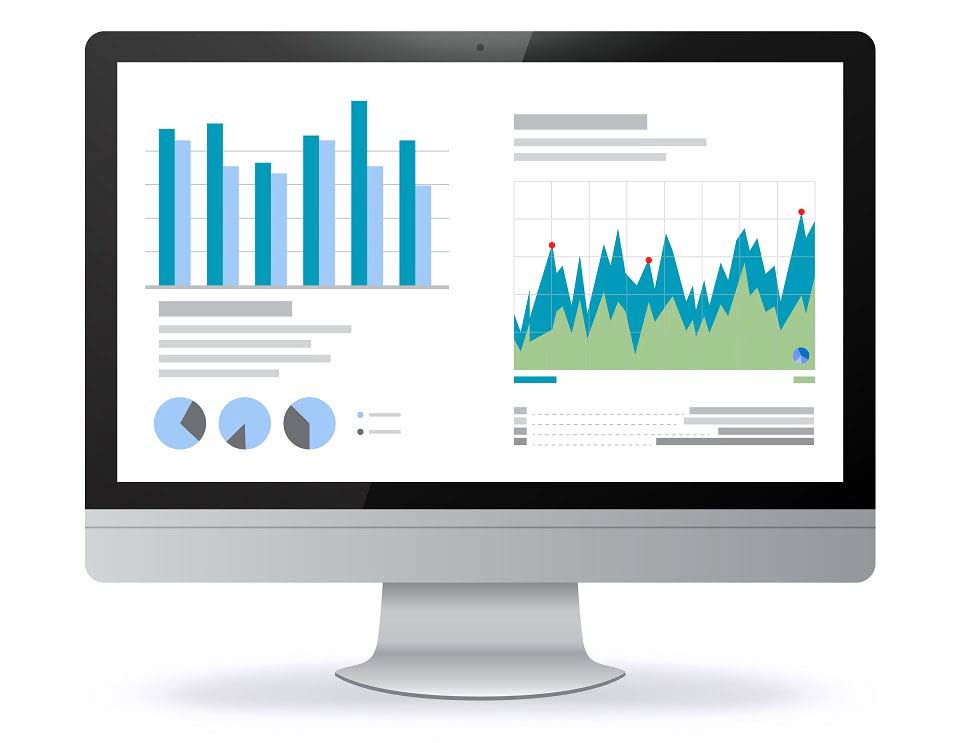
However, we recognize that additional information on the requirements in § 112.43(e) will help support farms as they work to come into compliance. In § 112.43(e)(1), we proposed that a farm must conduct an agricultural water assessment, at a minimum, each year that the farm applies pre-harvest agricultural water to non-sprout covered produce. In § 112.43(e)(2), we proposed that a farm must conduct a reassessment whenever a significant change occurs in its agricultural water system(s), agricultural water practices, crop characteristics, environmental conditions, or other relevant factors that would impact hazard identification or a risk management determination, as described in proposed § 112.43(c). For the reassessment in proposed § 112.43(e)(2), we proposed that a farm must evaluate the impacts of those changes on the factors in proposed § 112.43(a)(1) through (5), any new hazards identified, and the outcome and determination under proposed § 112.43(c).
D. General Comments Regarding Pre-Harvest Agricultural Water Assessments (§ 112.
As discussed further in comment 29, we have provided various examples throughout the proposed rule and this final rule that farms should consider in determining whether (and what kind of) measures are reasonably necessary. We remain committed to providing education, outreach, and training, and intend to pursue various mechanisms for disseminating information about the requirements of this rule to farms. (Comment 23) Several comments support the proposed definition of “agricultural water system,” suggesting that the proposed definition helps provide clarity. In reference to farms that draw agricultural water from systems that span long distances (such as canals), a few comments suggest that the definition of “agricultural water system” be revised to better account for the point at which the water comes under the farm’s control. (Comment 22) Several comments express support for the definition of “agricultural water assessment,” noting that the assessment, as defined, provides broad, science-based flexibility so as to be applicable to a wide variety of growing scenarios. One comment suggests the definition be revised to include an assessment of the severity of illness and injury from the hazard and the probability that the hazard will occur.
E. Exemptions From Agricultural Water Assessments (§ 112.43(b))
When you know your reorder point, you can have just enough inventory on hand to meet customer demand, without overspending on safety stock or holding costs. When inventory falls below its reorder point, which is indicated by the number of units in stock, that means it’s time to place an order to replenish it. By factoring the rate at which your store uses inventory, how long it takes for new inventory to arrive, and how much safety stock you have on hand, the reorder point ensures you don’t run out of inventory before a new shipment arrives.
Let’s talk about Your “ERP” requirements. Speak to us now.
In light of the foregoing, we have concluded that there is sufficient evidence of the effect of crop characteristics on the safety of covered produce to which agricultural water is applied; therefore, and we are not removing crop characteristics as one of the factors farms are required to evaluate under § 112.43(a). Peer-reviewed literature, cooperative extension, and academic or trade organization research may serve as additional sources of information on the effect of crop characteristics on pre-harvest agricultural water. We also note that the requirements for agricultural water assessments are designed, in part, to be adaptable to scientific advancements.
As such, we continue to find it appropriate to require farms to consider environmental conditions that impact covered produce as part of their agricultural water assessments. However, we recognize that not all environmental conditions that affect covered produce may be relevant to potential contamination of covered produce by agricultural water, and we emphasize that farms are only required to evaluate those environmental conditions that may be relevant in light of a farm’s pre-harvest agricultural water use. (Response 50) We do not consider it appropriate to limit consideration for the degree of protection of an agricultural water system and/or adjacent and nearby land uses to surface water sources only, as doing so which one of these would not be a factor in determining the reorder point? would not sufficiently capture the variety of water sources and potential sources of hazards that exist in industry. While surface water sources are generally more vulnerable to contamination, the potential for contaminants to be introduced to agricultural water is not limited to surface water (Ref. 17). For example, if a well is not sufficiently protected (for example, due to unprotected cross-connections or from having an impaired well cap, seals, and/or casing), it may increase the likelihood of hazards being introduced to the water. Similarly, if the well is situated at a lower elevation than adjacent and nearby lands and is subject to runoff from those lands, it may be subject to the introduction of hazards.
Regarding outreach conducted following issuance of the 2021 proposed rule, as discussed in further detail in section III.F., we conducted numerous outreach activities following issuance of the agricultural water proposed rule. These included participation in various webinars; consultations, two virtual public meetings; regional meetings sponsored by State regulatory partners; and numerous other meetings and speaking engagements to discuss the proposed rule, respond to questions, and receive feedback. Further, we are exploring other mechanisms, such as webinars, updated training programs, workshops, and educational resources, to provide https://www.bookstime.com/ industry with information to facilitate compliance the requirements we are finalizing here. We also anticipate updating our Agricultural Water Assessment Builder, including both the online and paper-based versions, to reflect the pre-harvest agricultural water requirements we are finalizing here. As discussed in response to comment 83, we emphasize that farms must not rely on test results alone in making decisions around the use of their water; rather, results from pre-harvest agricultural water testing serve as an additional source of information that farms may use to further inform their agricultural water assessments.

H. Testing as Part of an Assessment (§ 112.43(d))
One comment suggests that irrigation districts should not allow livestock to graze in open drains, as doing so will introduce risk for downstream users who do not have control over that activity. (Comment 141) We also received various comments on FDA’s intention to exercise enforcement discretion for harvest and post-harvest agricultural water. One comment notes that most farms have already begun complying with the harvest and post-harvest agricultural water requirements, and voices support for FDA’s intent to exercise enforcement discretion for those requirements as described in the 2022 supplemental proposed rule. A few of these comments note that even though FDA did not propose changes to the requirements for harvest and post-harvest agricultural water, some of the provision numbers for those requirements may change with a final rule, which could result in confusion.
- In the 2021 agricultural water proposed rule, we indicated that we were developing an online tool related to the pre-harvest agricultural water assessments described in the proposed rule.
- We considered the additional burden that would be imposed on farms by such a requirement and the impacts on public health that might result.
- Further, we recognize that there may be some instances in which there is uncertainty as to what the time interval between last application of agricultural water and harvest will be.
- In contrast, many comments suggest the rule lacks sufficient criteria on when measures are necessary or which measures are effective in various scenarios.
- If you are using agricultural water for a covered activity listed in the first column, then you must meet the requirements in the second column.
How Vendor Managed Inventory (VMI) Can Reduce Lead Times




